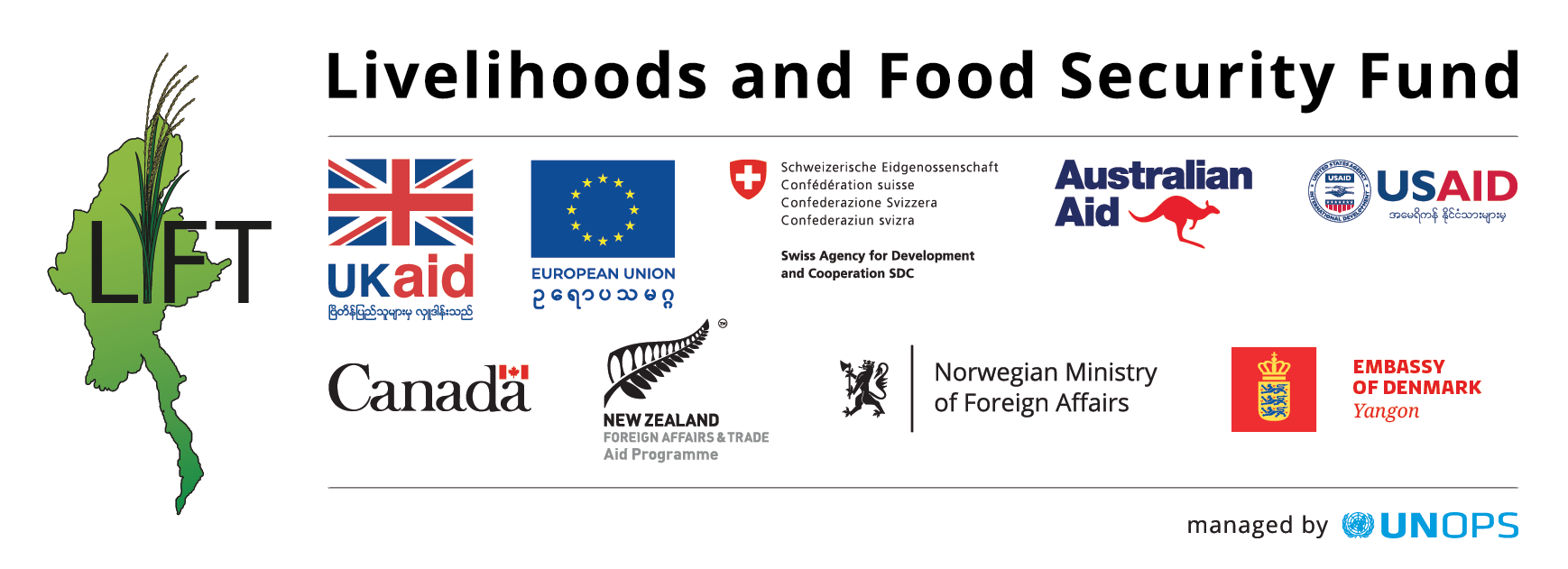

LIFT thanks Dr Mike Griffiths, Research Consultant at the Social Policy and Poverty Research Group (SPPRG) for this blog in which he alerts us to the main findings of the recent LIFT-funded Resilience and Community Social Organisations in Rural Myanmar study. The study investigates how local organisations contribute to resilience in rural communities. Dr Griffiths is the lead author.
Trained in clinical medicine and public health, Dr Griffiths has worked in the social protection sector in Myanmar for over 13 years. His work with SPPRG focues on conducting research relevant to emerging government policy. His previous research in Myanmar includes the National Disability Survey 2009-2010, a nationwide survey on formal sector migration, and two large-scale surveys looking at profiles of rural poverty in Myanmar. His current projects include a study of traditional social protection organisations in Myanmar, a study on patterns of migration from rural areas, a study on the effectiveness of government-led micro-finance programmes, and a comprehensive review of disability research in Myanmar.
--------------------------------------------------------------------------------------------------------------------------------------------------------------------------------------------------------------------
Previous research has shown the widespread presence of community social organisations in myanmar’s rural communities. New research conducted in 2015 - 2016 by SPPRG, together with the Department of Rural Development (DRD) and funded by LIFT, highlights the extent to which these organisations contribute to greater degrees of resilience in rural communities.
Overall, households in communities with social organisations were less likely to be classified as vulnerable than households in communities without social organisations (27.6 per cent vs. 28.8 per cent), with the most positive effects seen in the west (Rakhine and Chin State), south east (Mon and Tanintharyi) and Delta areas (Ayeyarwady and rural Yangon region). Households in communities with social organisations were healthier, and spent more on health, but had less debt related to healthcare costs. Likewise, educational spending was higher, but education-related debt levels lower in villages with social organisations.
The presence of village social organisations was also associated with lower degrees of income inequality, and the degree of disadvantage experienced by being a poor household, a female-headed household or a household with a person with disabilities was lower in communities with social organisations, suggesting that the activities of these groups plays a significant role in addressing vulnerabilities and inequalities in their communities. These findings show evidence of strong association between the presence of community social organisations and favourable patterns of resilience.
The challenge now, as discussions continue on social protection policy, is how to engage these organisations effectively in the wider national social protection system.
The research summary is available here.
The Resilience and Community Social Organisations in Rural Myanmar full report here.


